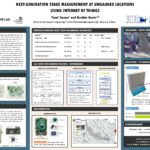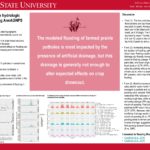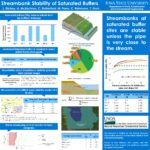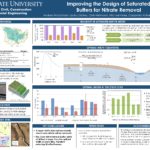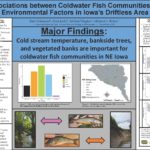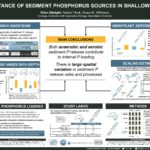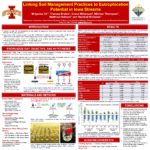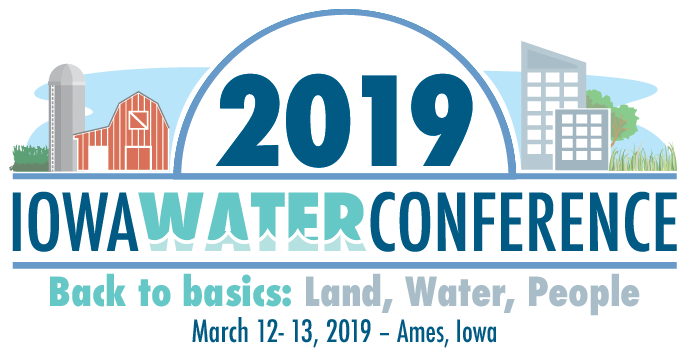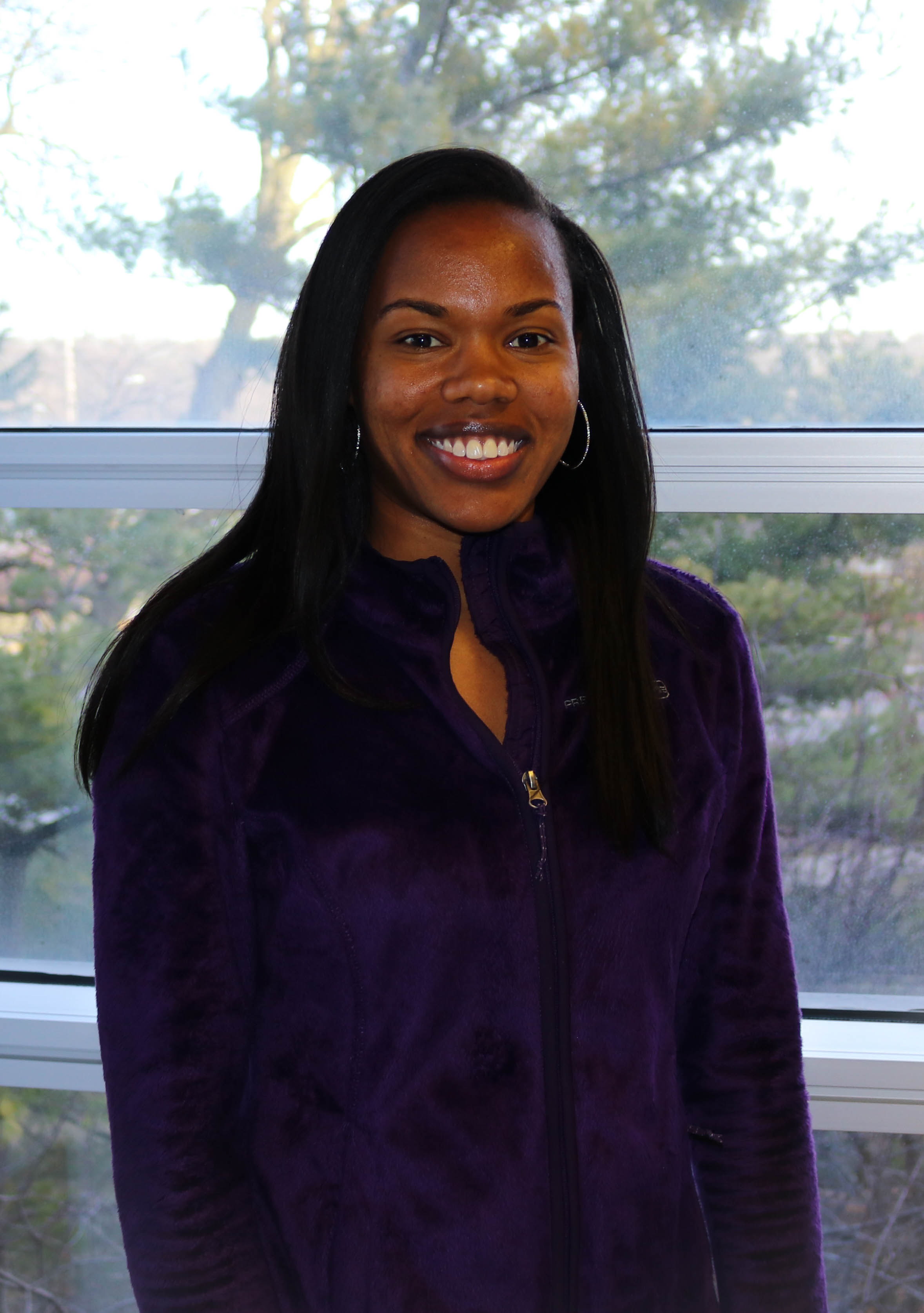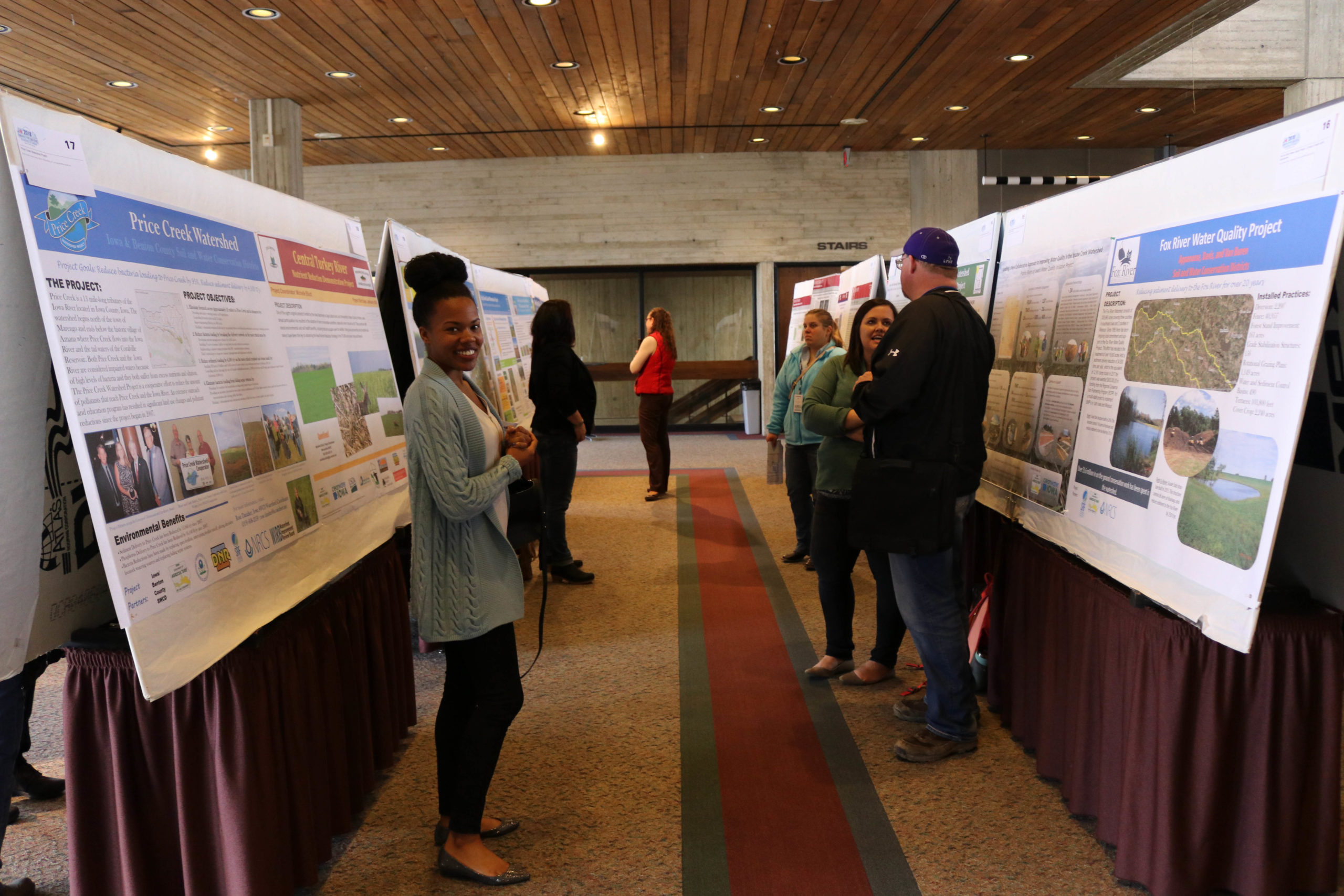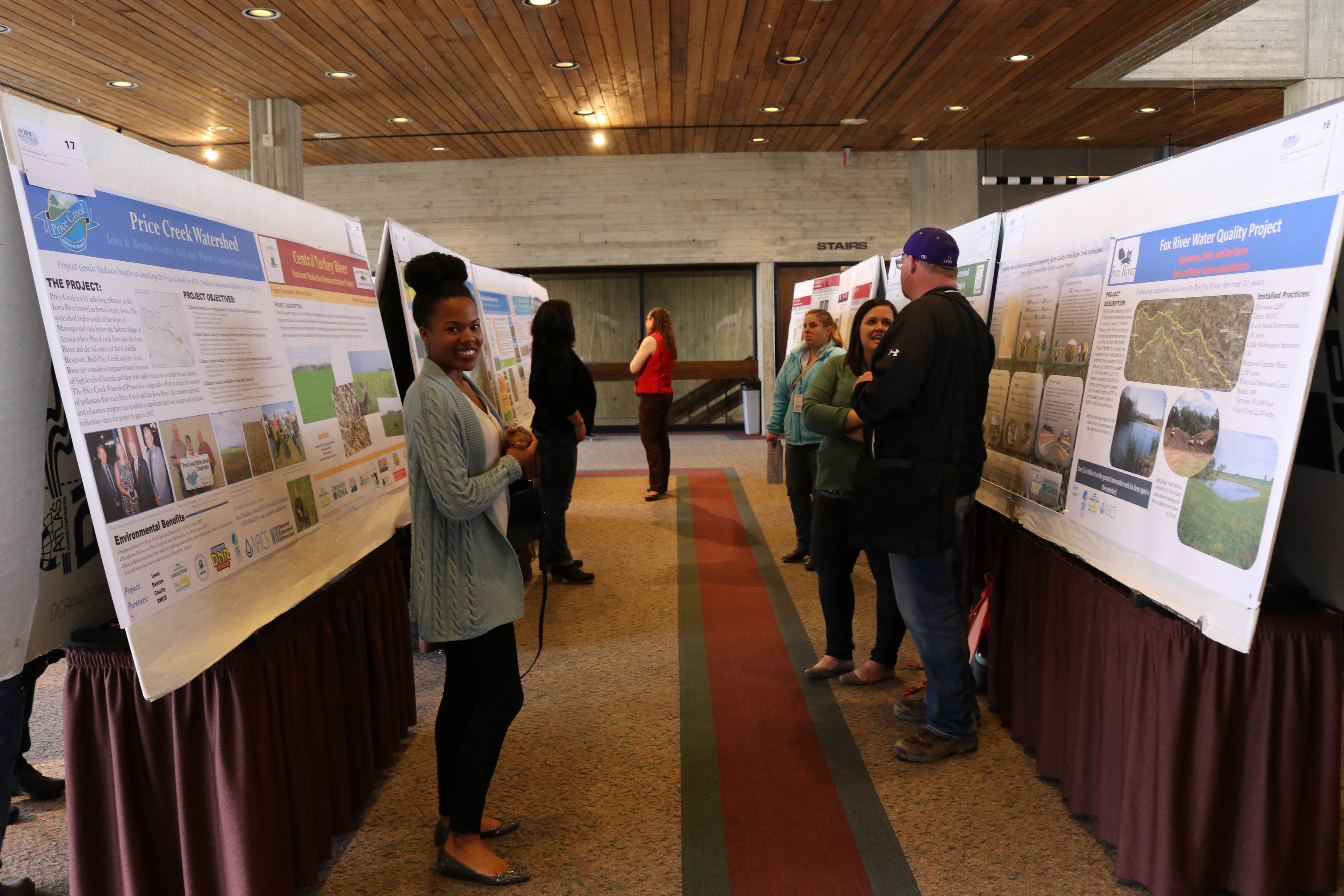Ames, Iowa – The Iowa Water Center (IWC) annually administers a statewide grant competition known as the IWC Graduate Student Research Competition.
The purpose of this funding is to help graduate students to complete additional research objectives beyond the scope of their current work, with an emphasis on submitting their research to peer-reviewed publications.
Yusuf Sermet is one of the recipients, along with three other graduate students in Iowa. Each recipient will receive funding for various different research studies.
Sermet’s research predominately focuses on next-generation environmental knowledge generation and communication, as well as affordable water monitoring devices and applications.
Accuracy and reliability are two necessary components when it comes to the monitoring of our water resources. Current monitoring practices are accurate, however the cost to apply these systems on a large scale are restrictively expensive. This inspired Sermet to create a cost-friendly solution. Sermet’s research project created a water level measurement methodology that only relies on prevalent sensors, commonly found on smartphones. This allows for the camera-based embedded system to measure water levels, detect objects on the water surface (e.g. debris, boats, trees) and supply annotated data for hydrological processes, such as surface water modeling and streamflow estimation.
Get to know Yusuf Sermet, a PhD student at the University of Iowa.
Sermet first learned about the IWC when he participated in the annual Iowa Water Conference in 2016. He, along with his research group, took part in the student poster presentation and won second place that year. Sermet shared that, through this opportunity, he was able to learn from Iowa’s most prevalent researchers, professionals, stakeholders and peers in the field.
“Since then, I followed IWC’s activities and opportunities closely,” said Sermet. “With my advisor, who is the director of the Hydroinformatics Lab at the University of Iowa, Professor Ibrahim Demir, we felt that our research proposal on affordable stage sensors fit perfectly to IWC’s mission and vision, and will hopefully be useful to Iowans to prepare for future floods.”
Sermet grew up in Izmir, Turkey, where he received his undergraduate degree in Computer Engineering. After his junior year in his undergraduate studies, Sermet joined Professor Demir in the Iowa Flood Center at the University of Iowa for a summer internship. He is currently working toward his PhD in electrical and computer engineering through the University of Iowa, where he is able to continue working as a researcher in this center. During his PhD, Sermet has been given the opportunity to work on creating artificial intelligence solutions for environmental and climate issues. When asked what his favorite part of the research process is, Sermet answered,
“What I like about the research process is the excitement of taking on new challenges, audaciously brainstorming ideas and innovating novel solutions.”
According to the Environmental Protection Act (EPA), the United States currently has 2.7 million streams and associated watersheds with poorly monitored network of only 8,300 sensors. Sermet stated that the federal and state governments in the United States use stage sensors can range in cost from $3,000-$30,000, with an additional expense of anywhere between $1,000-$10,000 in annual maintenance costs.
“These expensive sensor prices cause challenges for effective data coverage, which is crucial for natural disaster mitigation, water resource management and climate change,” Sermet said. “This data scarcity led us to come up with a novel approach that will allow the development of next-generation stream sensors within the cost range of $100-$400.”
When Sermet takes a break from his lab research work, he enjoys playing basketball, going to different concerts and movies and discovering new places. Sermet mentioned that most of these hobbies were put on pause due to COVID-19, so he has recently picked up the art of cooking. He likes to create Mediterranean dishes in particular.
The well-being of people and our communities inspired Sermet to complete his research proposal on affordable monitoring practices. Sermet shared that, over the last 40 years, water related natural hazards, such as floods and droughts, have killed more than 3,500 people in the United States and have caused over $350 billion in damage. Water resources support a plethora of daily-life necessities, including providing safe water for consumption, recreation, irrigation and power generation. Sermet explained that, because of the dire need for safe water, it is vital to have a reliable, water resource monitoring system in order to diminish the loss of life and property that water related disasters can create. It is his hope that with his completed research, this goal can become a reality.
